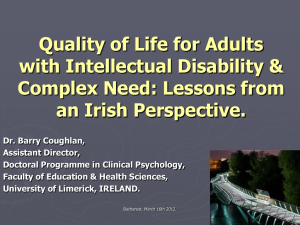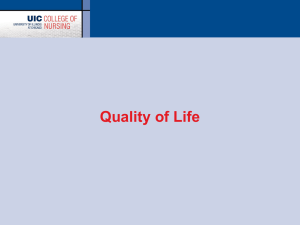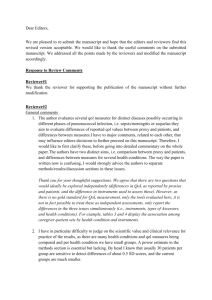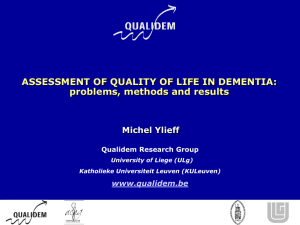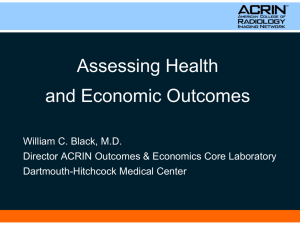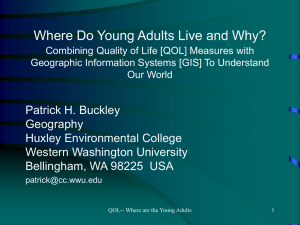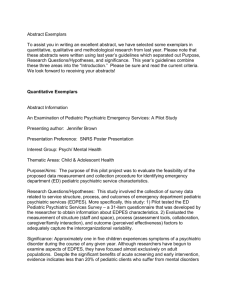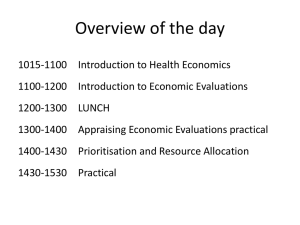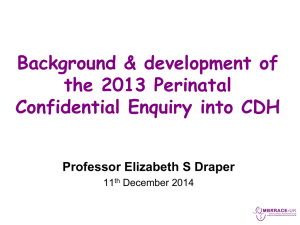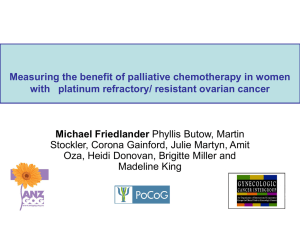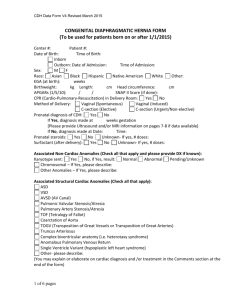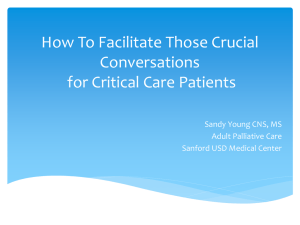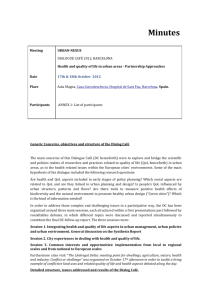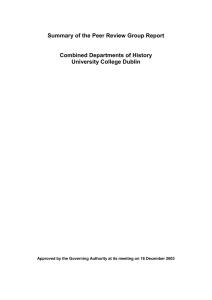Fariha_Sheikh_CDH_QOL_Florida_ACS
advertisement
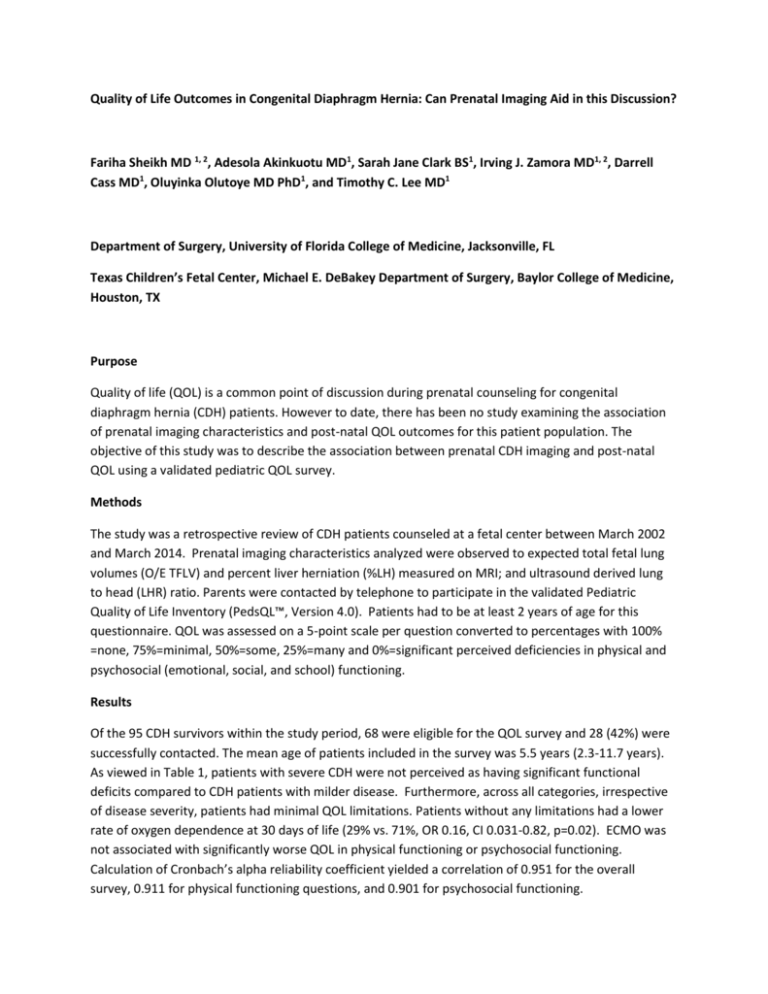
Quality of Life Outcomes in Congenital Diaphragm Hernia: Can Prenatal Imaging Aid in this Discussion? Fariha Sheikh MD 1, 2, Adesola Akinkuotu MD1, Sarah Jane Clark BS1, Irving J. Zamora MD1, 2, Darrell Cass MD1, Oluyinka Olutoye MD PhD1, and Timothy C. Lee MD1 Department of Surgery, University of Florida College of Medicine, Jacksonville, FL Texas Children’s Fetal Center, Michael E. DeBakey Department of Surgery, Baylor College of Medicine, Houston, TX Purpose Quality of life (QOL) is a common point of discussion during prenatal counseling for congenital diaphragm hernia (CDH) patients. However to date, there has been no study examining the association of prenatal imaging characteristics and post-natal QOL outcomes for this patient population. The objective of this study was to describe the association between prenatal CDH imaging and post-natal QOL using a validated pediatric QOL survey. Methods The study was a retrospective review of CDH patients counseled at a fetal center between March 2002 and March 2014. Prenatal imaging characteristics analyzed were observed to expected total fetal lung volumes (O/E TFLV) and percent liver herniation (%LH) measured on MRI; and ultrasound derived lung to head (LHR) ratio. Parents were contacted by telephone to participate in the validated Pediatric Quality of Life Inventory (PedsQL™, Version 4.0). Patients had to be at least 2 years of age for this questionnaire. QOL was assessed on a 5-point scale per question converted to percentages with 100% =none, 75%=minimal, 50%=some, 25%=many and 0%=significant perceived deficiencies in physical and psychosocial (emotional, social, and school) functioning. Results Of the 95 CDH survivors within the study period, 68 were eligible for the QOL survey and 28 (42%) were successfully contacted. The mean age of patients included in the survey was 5.5 years (2.3-11.7 years). As viewed in Table 1, patients with severe CDH were not perceived as having significant functional deficits compared to CDH patients with milder disease. Furthermore, across all categories, irrespective of disease severity, patients had minimal QOL limitations. Patients without any limitations had a lower rate of oxygen dependence at 30 days of life (29% vs. 71%, OR 0.16, CI 0.031-0.82, p=0.02). ECMO was not associated with significantly worse QOL in physical functioning or psychosocial functioning. Calculation of Cronbach’s alpha reliability coefficient yielded a correlation of 0.951 for the overall survey, 0.911 for physical functioning questions, and 0.901 for psychosocial functioning. Conclusions Patients who presented with a prenatal diagnosis of severe CDH had similar postnatal QOL outcomes when compared with CDH patients with less severe disease. Furthermore, even patients who required ECMO had minimal limitations throughout all QOL categories. This survey information is useful in counseling parents on QOL expectations for their child with a prenatal diagnosis of CDH. Table 1 n All patients LHR >1 LHR 1-1.4 LHR <1 O/E TFLV >35% O/E TFLV <35% No ECMO ECMO LH <20% LH >20% 28 20 6 2 16 10 18 10 5 12 Physical Functioning Score 91% 94% 80% 86% 95% 84% 90% 91% 94% 83% p-value 0.128 0.698 0.588 0.383 Psychosocial Functioning Score 81% 84% 73% 77% 84% 78% 80% 82% 83% 75% p-value 0.306 0.421 0.494 0.328
